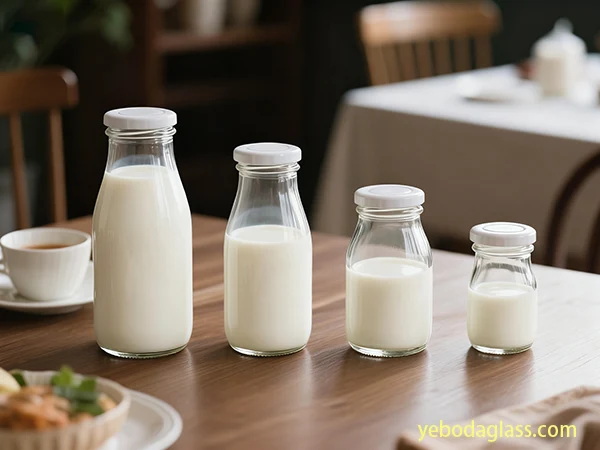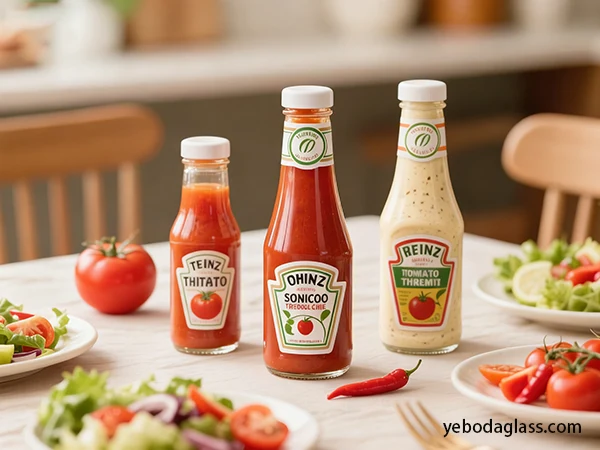Introduction
Every time when packing for a flight, many people will stare at the water bottle on the table and wonder: can you bring a water bottle on a plane? In fact, this matter is not that complicated. The answer depends on two points – whether the water bottle is empty or filled with water, and whether you plan to put it in carry-on luggage or checked luggage. If you understand these two, you will pass the security check smoothly and no longer have to worry about whether to bring a water bottle.
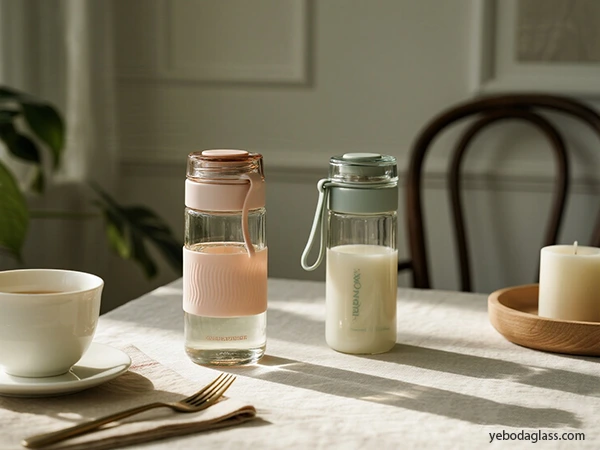
Empty water bottles are allowed in all baggage types.
Whether stainless steel, glass, or plastic, empty bottles face almost no restrictions—they can go in carry-on pockets, suitcase layers, or checked luggage corners, for both domestic and international flights. This is due to the fact without liquid, they pose no flammability, explosion dangers, or contraband hiding problems, so that they’re secure for flights.
For common flyers, this is a cash-saving and eco-friendly tip: empty bottles earlier than safety, then refill at terminal water dispensers. If none are available, buying a bottle on the airport to reuse is inexpensive than highly-priced on-board alternatives. It cuts costs and reduces disposable plastics—win-win.
Bring a full water bottle with carry-on luggage? The "3-1-1 rule" is a hurdle
If your water bottle is filled with water, juice or other liquids, and you want to put it in your carry-on luggage and take it on the plane, the situation is different. At this time, you have to face the universal “3-1-1 rule” – this is the liquid carrying standard recognized by the US Transportation Security Administration (TSA) and the International Civil Aviation Organization (ICAO).
What is the "3-1-1 rule"?
Simply put, it’s three numbers:
- “3” means that each liquid container cannot exceed 3.4 ounces (about 100 milliliters).
- The first “1” means that small containers that meet the capacity must be placed in a 1 quart (about 1 liter) transparent sealed bag.
- The second “1” means that each person can only bring one such bag.
According to this rule, ordinary full water bottles basically do not meet the standard. For example, the commonly used 500 ml water bottle is far more than 100 ml and cannot be put in carry-on luggage on the plane. Even small bottles of beverages must comply with the capacity limit and be placed in a transparent bag for inspection. This is also the reason why full bottles of water are often stopped when answering “can you bring a water bottle on a plane”.
Small details when going through security
In addition to the capacity limit, the container itself also has requirements. These containers for liquids must be standard travel sizes, and cannot be randomly divided into bottles. When going through security, the transparent plastic bag containing liquids must be taken out separately and placed on the security tray for X-ray inspection. The security personnel need to clearly see everything in the bag to ensure that there are no prohibited items.
Some people may think that such regulations are too troublesome, but think about it from another perspective. These rules are to ensure the safety of all passengers. After all, there are too many types of liquids, and some seemingly ordinary liquids may hide safety hazards. Strict inspections can make flying more secure.
Special circumstances: These full water bottles can be brought on board
Although the “3-1-1 rule” has strict restrictions on liquids in carry-on luggage, the regulations are not cold and icy. For some special needs, there are still warm exemption clauses so that people in need can smoothly carry necessary liquids.
Medically necessary fluids
If you need to bring more than 100 ml of liquid medicine due to health problems, such as insulin for diabetics, inhalers for asthma patients, or special nutritional supplements, these are all allowed on the plane, and there is no need to worry about the restrictions on liquids in questions such as “can you bring a water bottle on a plane”.
However, there are a few small details to remember: before going through security, take the initiative to tell the security personnel to take these medicines out of your luggage and put them separately on the tray; although not all airports require it, bringing a doctor’s prescription or medical certificate can make security checks much faster and save you the trouble of explaining; don’t bring too much, just enough for the trip, don’t exceed your actual needs.
Liquids needed by babies
Parents who take their babies on the plane don’t have to worry, breast milk, infant formula, and baby food (such as pureed food) are not subject to the “3-1-1 rule”. These liquids can exceed 100 ml and do not need to be placed in transparent plastic bags. But also pay attention to:
When going through security check, you should take these things out separately and tell the security personnel. You may be subject to additional inspections, such as passing through an X-ray machine, or the security personnel may ask you to open the container and take a look, or even do a simple liquid test. The amount you bring should be based on your baby’s travel needs, and don’t bring too much that you can’t use up.
These exemption clauses are actually very humane, not only maintaining the bottom line of safety, but also taking into account special needs. But remember, you must actively declare and prepare proof to pass the security check smoothly.
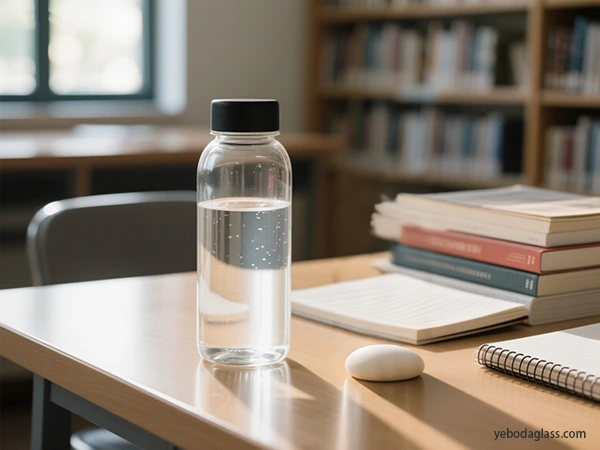
Bring a full water bottle in checked luggage
If you really want to bring a lot of water, checked luggage is a good choice.
Significant relaxation of capacity restrictions
Liquid containers in checked luggage do not need to be subject to the 100 ml limit, nor do they need to be placed in transparent bags. Large bottles of water, drinks, etc. can be placed, as long as they are well packaged – this can also help you understand the flexibility of “can you bring a water bottle on a plane”.
But don’t think you can bring whatever you want. Airlines have strict regulations on the total weight of checked luggage, which is generally 23 kg (50 pounds) for economy class, and everything must be counted in this weight. Water is not light, and bringing too much will easily exceed the weight. The overweight fee you pay may be more expensive than the water itself, which is not worth it.
Remember the liquids that cannot be brought
Although the volume limit has been relaxed, some liquids cannot be put into checked baggage no matter how much:
- Flammable and explosive liquids, such as gasoline, lighter fluid, and certain cleaning agents, are absolutely not allowed.
- High-pressure gas tanks, such as fuel tanks for camping, oxygen cylinders for non-medical use, etc. are also not allowed.
- Alcoholic beverages have special regulations.For alcohol content material among 24% and 70%, everybody can carry a most of five liters, and it need to be in the original packaging; drinks with an alcohol content of greater than 70% can’t be checked.
In addition, no matter what liquid you bring, it’s miles nice to % it in a sealed bag to save you leakage because of modifications in air pressure or collision at some stage in transportation, to be able to purpose trouble to other baggage.
International travel: Be more careful when bringing a water bottle
When flying across borders, the question of “can you bring a water bottle on a plane” is a little more complicated. Although many countries refer to the guidelines of the International Civil Aviation Organization (ICAO), each country may have different detailed regulations.
Different countries have different security regulations
Although the “3-1-1 rule” is widely adopted, some countries may have additional requirements. For example, some countries have stricter bans on specific liquids, or different security inspection procedures. For example, some technologically advanced airports may have equipment that can detect the composition of liquids, and the amount of liquid allowed to be carried will be a little more, but this situation is not common.
If you go to a country where you don’t speak the language, check the local regulations in advance and translate the required medical certificates into the local language to avoid a lot of communication troubles.
Customs and quarantine have additional requirements
In addition to aviation safety regulations, international travel also requires customs. Some countries have strict restrictions on food and beverages entering the country. For example, juice and milk containing agricultural products may need to be declared or even not allowed to be brought into the country. This is to prevent foreign pests and diseases from affecting the local ecological environment.
If you are not sure whether the liquid you bring can enter the country, it is best to declare it truthfully on the entry card and take the initiative to tell the customs officer. Don’t be lucky. Concealing and not reporting may result in a fine, and even affect the next entry.
Special regulations of airlines
Different airways may additionally have their personal small rules, inclusive of restrictions on bags size and weight, to be able to circuitously have an effect on the manner you carry a water bottle. Spending a couple of minutes to test the reputable website of the airline before departure can avoid many accidents.
Practical tips: Make the journey with a water bottle smoother
After understanding so many regulations and mastering a few tips, you can make the process of carrying a water bottle more worry-free, and also take into account environmental protection and health.
It is important to choose the right water bottle
Foldable water bottles are very practical. They can be rolled up when empty and do not take up space. You can use them after passing security check by filling them with water. Choose lightweight materials, such as lightweight stainless steel or Tritan plastic, to reduce the weight of luggage. Wide mouths are easy to clean and convenient for ice cubes. If you go to places where the water quality is uncertain, bring a bottle with a filter so that you can drink clean water at any time.
Tips for refilling water after security check
This is a good way to solve the problem of “can you bring a water bottle on a plane”: airport terminals basically have free water dispensers, just fill them up after security check; if there are no water dispensers, you can also buy water in the store after security check; there are flight attendants on the plane who give free water, and they are also happy to help fill up empty bottles.
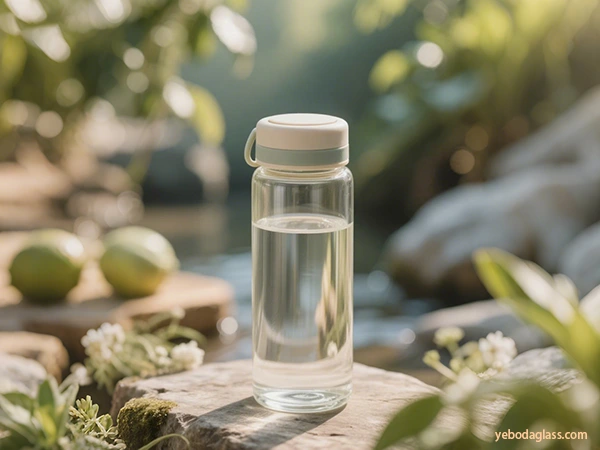
Conclusion
In the end, the answer to “can you bring a water bottle on a plane” is simple: you can bring it if you do it the right way. Empty bottles are the most worry-free, and you can fill them with water after inspection; bring compliant liquids if you have special needs; check in more water and pay attention to weight and packaging. Don’t worry about taking an empty bottle next time you take a plane, and easily start an environmentally friendly and convenient journey!

